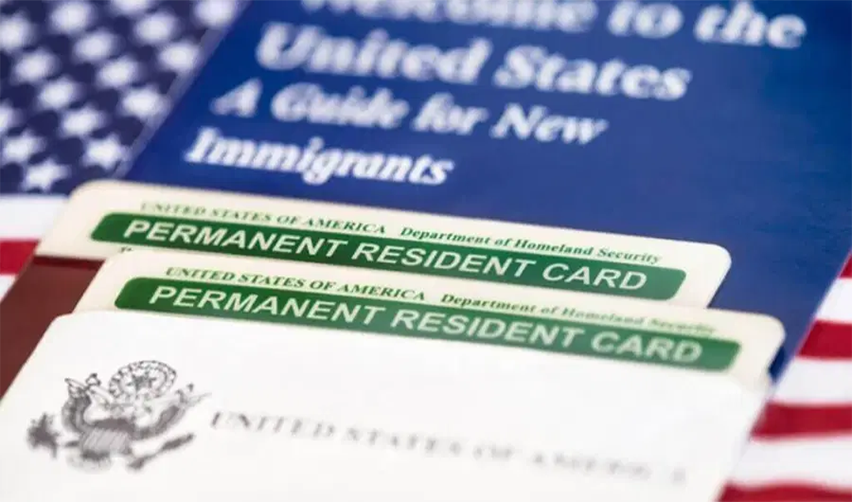The EB-5 Immigrant Investor Program benefits both the U.S. economy and foreign investors desiring permanent residency in America. The program facilitates job growth in America by foreign capital creating new businesses.
The Creation of the Immigrant Investor Program
In 1990, in a combined effort to improve immigration policies and stimulate the American economy, Congress created and established the EB-5 Program. EB-5 refers to employment-based fifth preference visa issued to approved participants. It is now the common name for the program.
In 1992, Congress expanded the EB-5 Program with a new investment option, the Regional Center Program. Regional centers allow foreign investors an easy way to invest in commercial enterprises, promoting economic growth while meeting the EB-5 requirements for visa qualification.
The programs are called the EB-5 Immigrant Investor Program, and is administered by the Department of U.S. Citizenship and Immigration Services (USCIS).
The Growth of the EB-5 Immigrant Investor Program
Up to 10,000 EB-5 Visas can be issued annually, but in the first years of the program, few visas were issued. Problems like complicated and lengthy application processes, changing financial requirements, and a high rate of denials were the main reasons for the slow start.
In 2005, the USCIS developed and implemented the Investor and Regional Center Unit. It issued new suggestions for streamlining processing and the application acceptance rate through improved oversight and internal coordination.
Their efforts proved successful. In 2005, only 62% of petitions requesting permanent residency earned approval; this soared to a 94% acceptance rate by 2012.
This improvement in acceptance rates encourages new foreign investors to apply for an EB-5 Visa. For instance, in 2003, just 64 EB-5 Visas were issued to foreign investors. By 2008, this number leaped to 1,300 EB-5 Visas issued. A total of 9,228 visas issued were issued in 2014, almost reaching the maximum allotment of 10,000 approved visas each fiscal year.
EB-5 Program Qualification Requirements
To qualify for an EB-5 Visa, a foreign investor must invest $1,000,000. This requirement drops to $500,000 for applicants investing in rural or high unemployment areas (defined as experiencing an unemployment rate 150% or higher than the national rate).
Each investment must also produce documentation proving the creation of 10 or more new jobs. In this way, foreign investors demonstrate their ability to contribute positively to the American economy.
Investors may choose either the EB-5 Program or Regional Center Program. With the EB-5 Program, the investor establishes a new business and creates a minimum of 10 jobs within two years. This type of investor is often an experienced business operator, which increases the chances of building a successful enterprise.
The investor opting for a regional center investment must also generate 10 new jobs, but the investment is placed into a business operated by a separate entity, freeing the investor from daily management and operation responsibilities.
Understanding Regional Centers
The regional center investment is more popular than the EB-5 Program because professional management operates the business. Even so, an investor should investigate the past performance of the managers of a proposed investment as well as financial projections and goals for the current project.
Regional centers are formed to promote economic growth in the region in which it is operating. With approval coming from the USCIS, a regional center must provide detailed documentation outlining their plan for promoting economic growth and new employment.
Investors must understand that a proposed regional center investment approved by USCIS neither implies nor guarantees the success of the project. It is imperative that investors perform their own due diligence to assess the viability and risk of any proposed regional center investment.
Another advantage for investors choosing the regional center option is a looser definition of job creation. For investors establishing an enterprise using the direct investment approach, all hires must be by the business. Alternatively, a regional center investment need only demonstrate the indirect creation of 10 new jobs related to the regional center.
The EB-5 Application Process
Listed below are the steps foreign investors must follow when filing an EB-5 application:
- Investor must decide upon a direct investment or regional center investment and deposit the funds.
- The applicant must file Form I-526 (Immigrant Petition by Alien Entrepreneur), describing the investment project and documenting the source of investment funds with USCIS.
- USCIS confirms investment funds are legally owned by applicant and clear of encumbrances.
- USCIS approves or declines the I-526 petition.
- Upon approval of the I-526 petition, USCIS remits the petition to the National Visa Center (NVC).
- If living abroad, petitioner must file the Form DS-260, Immigrant Visa Electronic Application.
- If living abroad, American Consul interviews petitioner and family, then determine if there are grounds for denying admission.
- If living in the USA, petitioner files Form I-485, Application to Register Permanent Residence or Adjust Status.
- The visa is either approved or denied.
- Once approved, investor and family receive a conditional permanent residency.
- Investor files Form I-829 (Petition by Entrepreneur to Remove Conditions on Permanent Resident Status), documenting the creation of at least 10 jobs.
- Once USCIS verifies the creation of 10 new jobs, investor and immediate family members receive green cards.
The EB-5 Immigrant Investor Program is the ideal vehicle for foreign nationals pursuing permanent residency in the United States while simultaneously benefiting from and growing the American economy.







